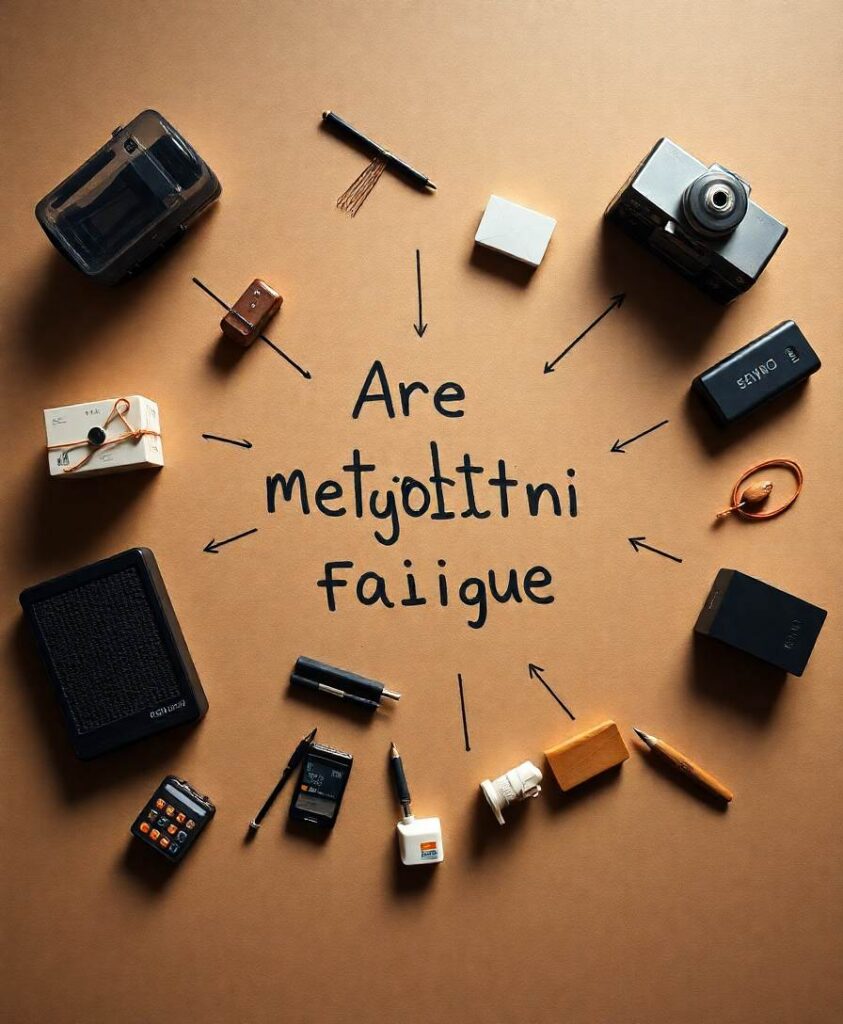BackgroundThe aging of the world population poses a major health challenge, and brain–computer interface (BCI) technology has the potential to provide assistance and rehabilitation for the elderly.ObjectivesThis study aimed to investigate the electroencephalogram (EEG) characteristics during motor imagery by comparing young and elderly, and study Convolutional Neural Networks (CNNs) classification for the elderly population in terms of fatigue analysis in both frontal and parietal regions.MethodsA total of 20 healthy individuals participated in the study, including 10 young and 10 older adults. All participants completed the left- and right-hand motor imagery experiment. The energy changes in the motor imagery process were analyzed using time–frequency graphs and quantified event-related desynchronization (ERD) values. The fatigue level of the motor imagery was assessed by two indicators: (θ + α)/β and θ/β, and fatigue-sensitive channels were distinguished from the parietal region of the brain. Then, rhythm entropy was introduced to analyze the complexity of the cognitive activity. The phase-lock values related to the parietal and frontal lobes were calculated, and their temporal synchronization was discussed. Finally, the motor imagery EEG data was classified by CNNs, and the accuracy was discussed based on the analysis results.ResultFor the young and elderly, ERD was observed in C3 and C4 channels, and their fatigue-sensitive channels in the parietal region were slightly different. During the experiment, the rhythm entropy of the frontal lobe showed a decreasing trend with time for most of the young subjects, while there was an increasing trend for most of the older ones. Using the CNN classification method, the elderly achieved around 70% of the average classification accuracy, which is almost the same for the young adults.ConclusionCompared with the young adults, the elderly are less affected by the level of cognitive fatigue during motor imagery, but the classification accuracy of motor imagery data in the elderly may be slightly lower than that in young persons. At the same time, the deep learning method also provides a potentially feasible option for the application of motor-imagery BCI (MI-BCI) in the elderly by considering the ERD and fatigue phenomenon together.



